What is the tolerance range of precision screws?
What is the tolerance range of precision screws?
Service Hotline
+86760-8787 8587We have more than ten years of production experience in the screw industry, the main products are: small square head bolts, double lug washers, cap nuts, black hexagonal flanged auto screws, 10.9 grade bolts, flat washer spring washer combination set, Elastic pads, flowering nuts, rear boat nuts, complete sets of accessories, cap nuts, open-type countersunk rivets, positioning spring pins, GB30 bolts, Kuaiba red meson and other fasteners, due to the different materials and specifications of the products , the price is also different, please contact us if necessary.


Standardized mechanical parts for fastening connections. Standard fasteners mainly include bolts, studs, screws, set screws, nuts, washers and rivets. There are many structural types of bolts, and most of the heads are hexagonal. For bolts subjected to shock, vibration or variable load, in order to increase flexibility, the polished rod part is made into thin sections or hollows. The seat end of the stud is screwed into the threaded hole of the connected piece, and the nut used at the nut end is similar to the bolt nut. The structure of the screw is basically the same as that of the bolt, but the shape of the head is various to adapt to different assembly spaces, tightening degrees and connection appearances. Set screws have different head and tip shapes to accommodate different levels of tightening. Nuts are also available in a variety of styles, with hexagons being the most widely used.
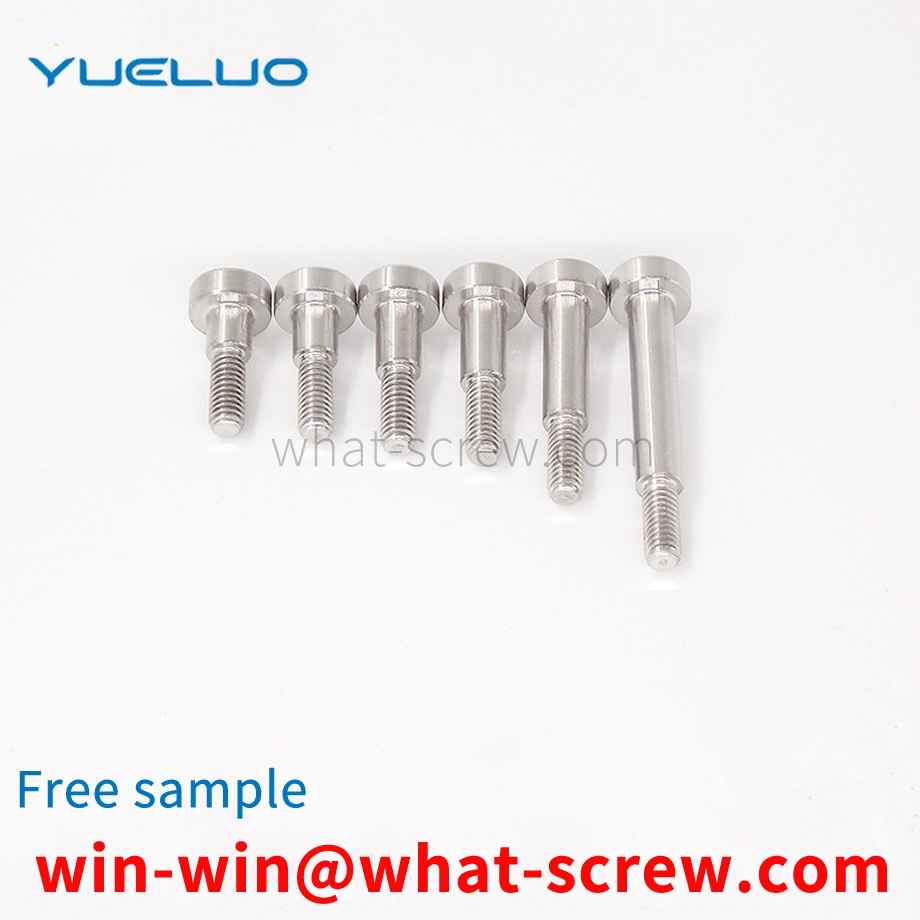
High-strength hexagon head bolt combination screws for steel structures, mainly used in railway and highway bridges, boiler steel structures, industrial plants, high-rise civil buildings, tower and mast structures, hoisting machinery and their steel structures need to use friction-type high-strength bolt combinations for screws. It is characterized by an extra dodecagon at the end of the bolt, also known as the bolt. When installing, a special electric wrench must be used, which has two socket heads up and down, one is set on the hexagonal body of the nut, and the other is set on the decagon body of the outer hexagon screw. When tightening, apply a clockwise force to the nut, and apply an equal counterclockwise force to the dodecagon body of the bolt, so that the connecting neck between the end of the outer hexagon screw and the dodecagon body is subjected to torsion shearing until the neck is sheared. So far, the installation has come to an end. This torsion shear type high-strength outer hexagon screw is a one-time-use screw and generally cannot be removed after installation.
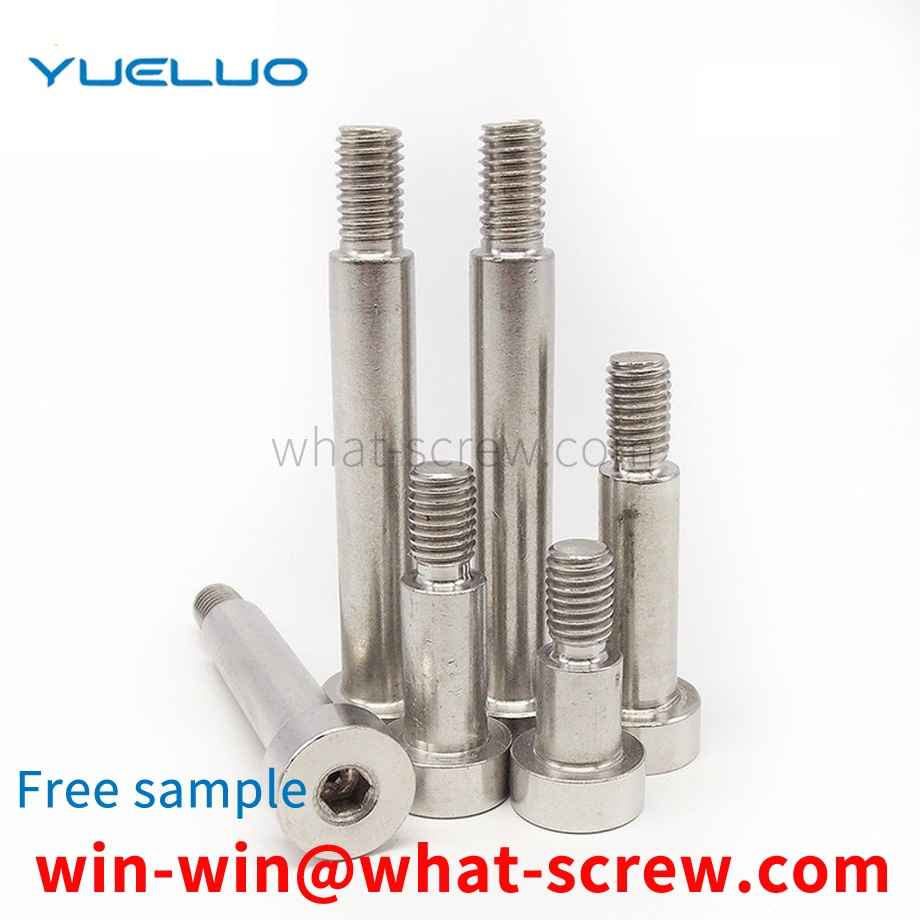
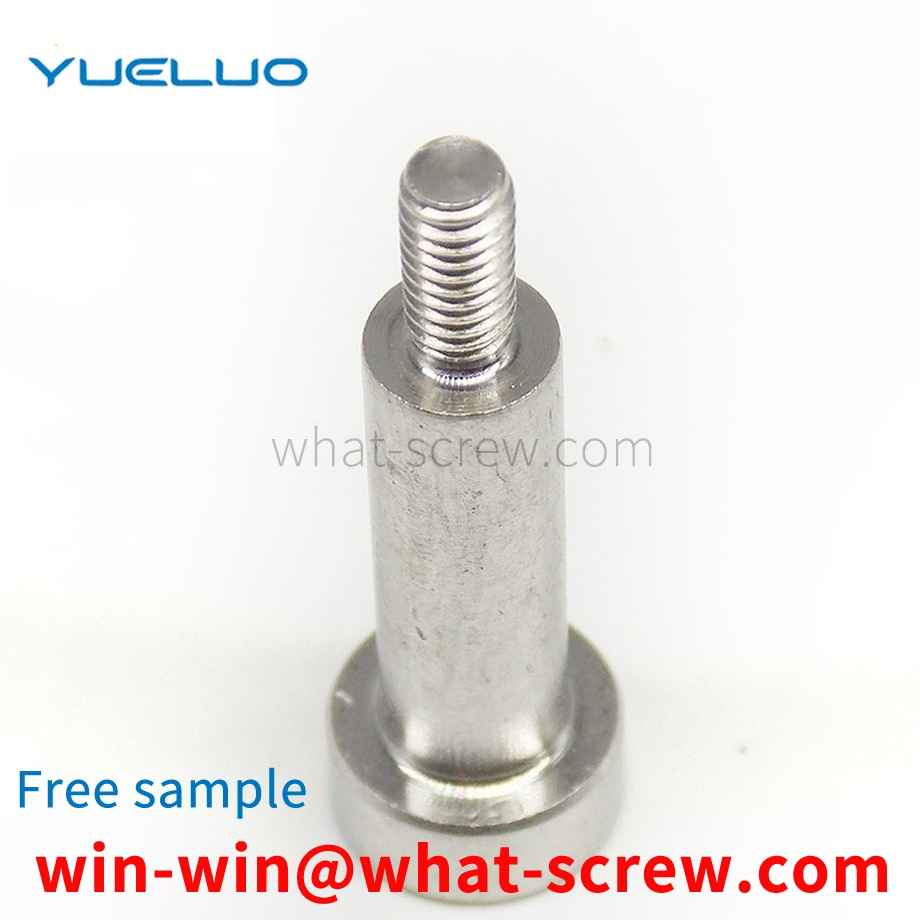
Each self-tapping screw is composed of three parts: the head, the shank and the end of the shank. The composition of each self-tapping screw has four major elements: head shape, wrenching method, thread type, and end form. 1. Head Shapes There are various head shapes. There are round head (semi-round head), flat round head, round head flange (with pad), flat round head flange (with pad), pan head, pan head flange (with pad), countersunk head, semi-countersunk head, Cylinder head, spherical cylinder head, horn head, hexagonal head, hexagonal flange head, hexagonal flange (with pad) head, etc. 2. Wrenching method The wrenching method refers to the way of twisting the head of the screw when installing and tightening the screw. There are two basic methods: external wrench and internal wrench. Generally speaking, external wrenching will allow more torque than any form of internal wrench (internal groove). External wrench: hexagon, hexagonal flange surface, hexagonal flange, hexagonal flower shape, etc.; internal wrench: flat groove, cross groove H type, cross groove Z type, cross groove F type, square groove, compound groove, inner flower Key, inner hexagon flower, inner triangle, inner hexagon, inner 12 corner, clutch slot, six-blade slot, high torque cross slot, etc. 3. There are many types of threads, including self-tapping threads (wide thread), machine threads (ordinary threads), drywall screw threads, fiberboard screw threads, and some other special threads. In addition, threads can be divided into single-lead (single-end), double-lead (double-end), multi-lead (multiple-end) and high-low thread double-end threads. 4. Terminal form There are two main types of terminal form: tapered end and flat end. However, according to the needs of use, at the screw-in part of the end, grooves, grooves, incisions or parts with a similar drill shape can be processed with cutting function. In some standards, it is also a tapered end or a flat end, and there are different forms such as a rounded end.
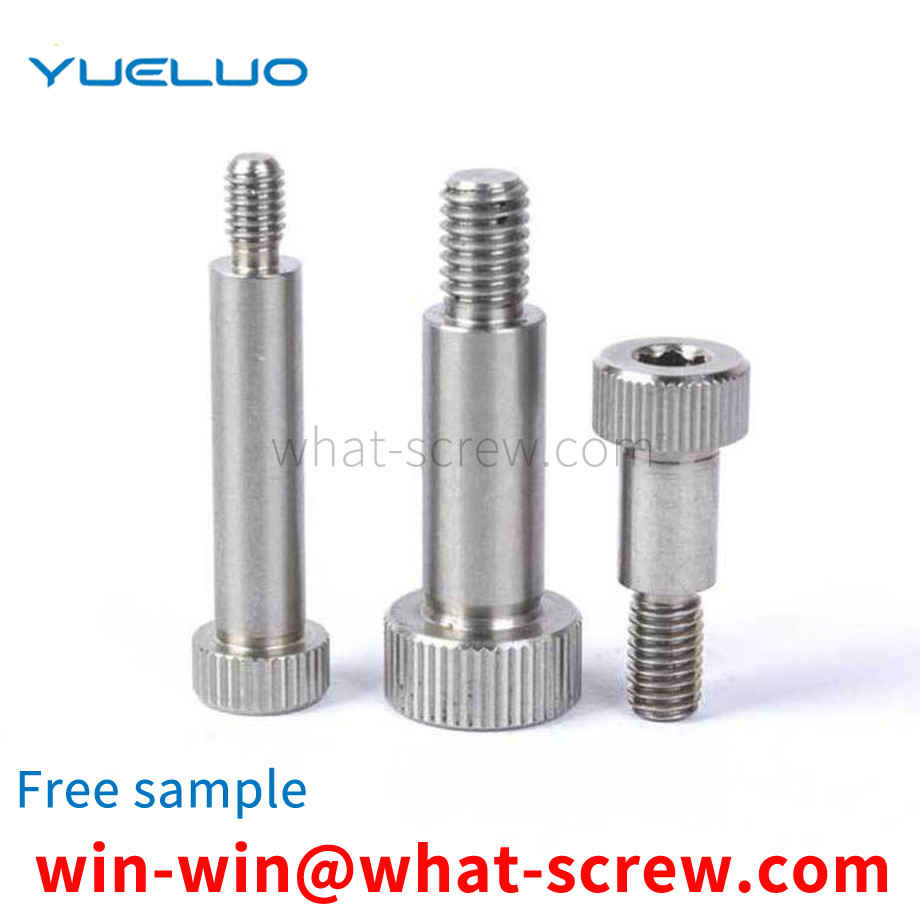
The technical problem to be solved by Guangdong Yueluo Hardware Industry Co., Ltd. is to overcome the deficiencies of the existing rivets. The purpose of this utility model is to provide a special rivet for railway freight cars, which can be reused and increase the safety factor. , to limit the movement of the collar in the circumferential direction.
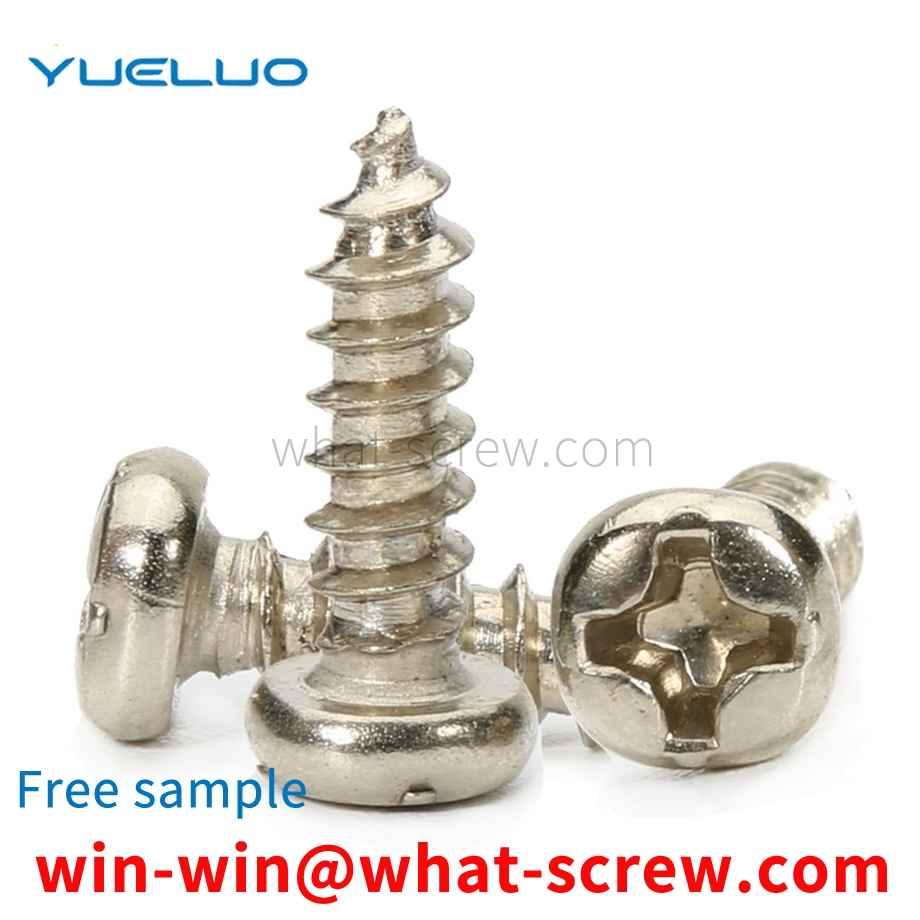
The above content is uploaded by Yueluo or the Internet. If there is any copyright issue, please contact [email protected].

What is the tolerance range of precision screws?

How to choose the right stainless steel screw manufacturer?

Why is there an R angle under the head of the hexagon head s...

We have more than ten years of production experience in the ...

We have more than ten years of experience in the production ...

We have more than ten years of experience in the production ...

We have more than ten years of experience in screw industry ...